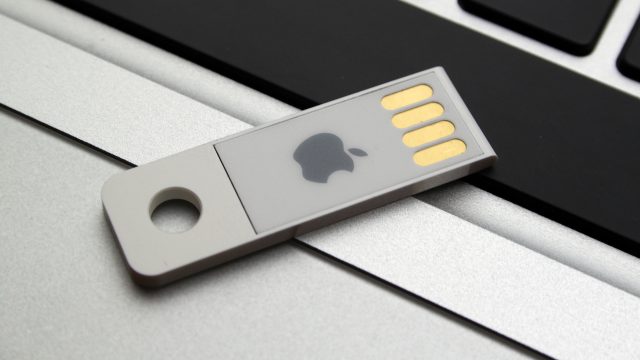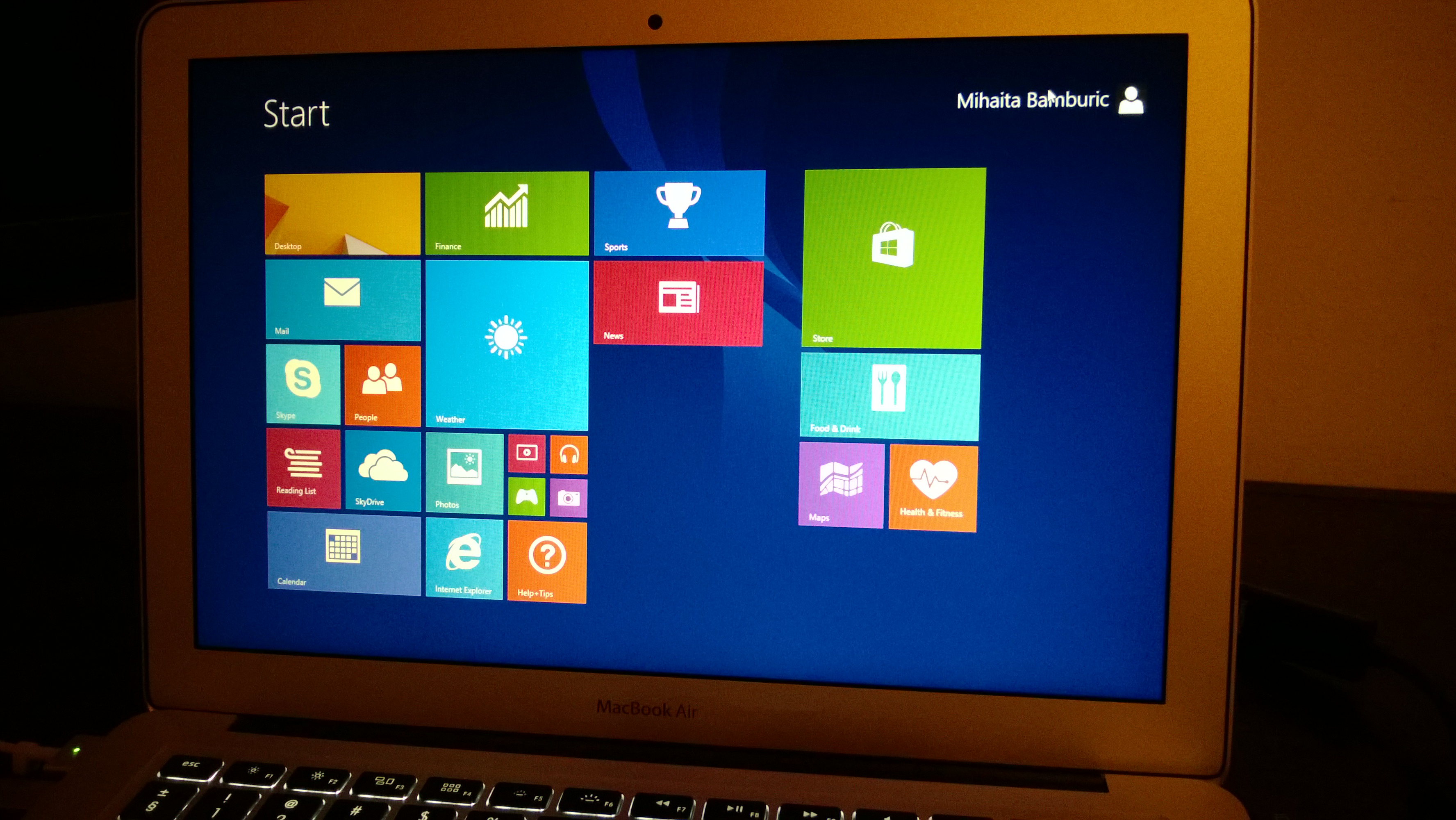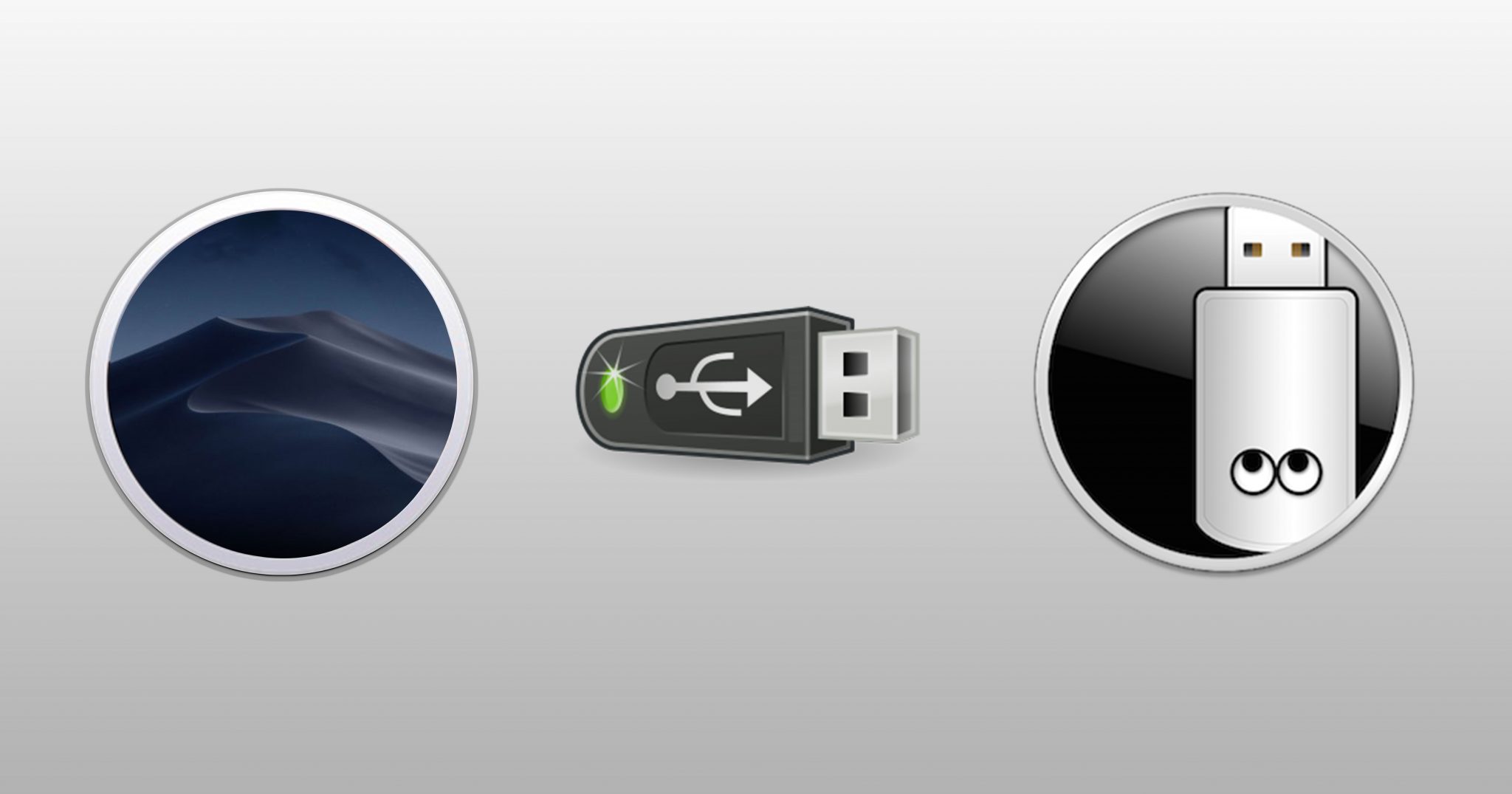Connect your USB flash drive; Launch Disk Drill, leave the first three boxes checked and give it permission to scan your drive (you’ll need to enter your administrator password to do this) Select your drive from the list and click on the Recover button next to it. Disk Drill will scan your drive in search of files. 13-inch MacBook Pro (non Touch Bar) Solid-State Drive Service Program November 9, 2018. USB Power Adapter Takeback Program August 6, 2013.
What you need to install Windows 10 on Mac
- MacBook introduced in 2015 or later
- MacBook Air introduced in 2012 or later
- MacBook Pro introduced in 2012 or later
- Mac mini introduced in 2012 or later
- iMac introduced in 2012 or later1
- iMac Pro (all models)
- Mac Pro introduced in 2013 or later
The latest macOS updates, which can include updates to Boot Camp Assistant. You will use Boot Camp Assistant to install Windows 10.
64GB or more free storage space on your Mac startup disk:
- Your Mac can have as little as 64GB of free storage space, but at least 128GB of free storage space provides the best experience. Automatic Windows updates require that much space or more.
- If you have an iMac Pro or Mac Pro with 128GB of memory (RAM) or more, your startup disk needs at least as much free storage space as your Mac has memory.2
An external USB flash drive with a storage capacity of 16GB or more, unless you're using a Mac that doesn't need a flash drive to install Windows.
A 64-bit version of Windows 10 Home or Windows 10 Pro on a disk image (ISO) or other installation media. If installing Windows on your Mac for the first time, this must be a full version of Windows, not an upgrade.
- If your copy of Windows came on a USB flash drive, or you have a Windows product key and no installation disc, download a Windows 10 disk image from Microsoft.
- If your copy of Windows came on a DVD, you might need to create a disk image of that DVD.

How to install Windows 10 on Mac
To install Windows, use Boot Camp Assistant, which is included with your Mac.
1. Check your Secure Boot setting
Learn how to check your Secure Boot setting. The default Secure Boot setting is Full Security. If you changed it to No Security, change it back to Full Security before installing Windows. After installing Windows, you can use any Secure Boot setting without affecting your ability to start up from Windows.
2. Use Boot Camp Assistant to create a Windows partition
Open Boot Camp Assistant, which is in the Utilities folder of your Applications folder. Follow the on-screen instructions.
- If you're asked to insert a USB drive, plug your USB flash drive into your Mac. Boot Camp Assistant will use it to create a bootable USB drive for Windows installation.
- When Boot Camp Assistant asks you to set the size of the Windows partition, remember the minimum storage-space requirements in the previous section. Set a partition size that meets your needs, because you can't change its size later.
3. Format the Windows (BOOTCAMP) partition
When Boot Camp Assistant finishes, your Mac restarts to the Windows installer. If the installer asks where to install Windows, select the BOOTCAMP partition and click Format. In most cases, the installer selects and formats the BOOTCAMP partition automatically.
4. Install Windows
Unplug any external devices that aren't necessary during installation. Then click Next and follow the onscreen instructions to begin installing Windows.
5. Use the Boot Camp installer in Windows
After Windows installation completes, your Mac starts up in Windows and opens a ”Welcome to the Boot Camp installer” window. Follow the onscreen instructions to install Boot Camp and Windows support software (drivers). You will be asked to restart when done.
- If the Boot Camp installer never opens, open the Boot Camp installer manually and use it to complete Boot Camp installation.
- If you have an external display connected to a Thunderbolt 3 port on your Mac, the display will be blank (black, grey or blue) for up to 2 minutes during installation.
How to switch between Windows and macOS
Restart, then press and hold the Option (or Alt) ⌥ key during startup to switch between Windows and macOS.
Learn more
If you have one of these Intel-based Mac models using OS X El Capitan or later, you don't need a USB flash drive to install Windows:
- MacBook introduced in 2015 or later
- MacBook Air introduced in 2017 or later3
- MacBook Pro introduced in 2015 or later3
- iMac introduced in 2015 or later
- iMac Pro (all models)
- Mac Pro introduced in late 2013 or later
To remove Windows from your Mac, use Boot Camp Assistant, not any other utility.
For more information about using Windows on your Mac, open Boot Camp Assistant and click the Open Boot Camp Help button.
1. If you're using an iMac (Retina 5K, 27-inch, Late 2014) or iMac (27-inch, Late 2013) or iMac (27-inch, Late 2012) with a 3TB hard drive and macOS Mojave or later, learn about an alert you might see during installation.
2. For example, if your Mac has 128GB of memory, its startup disk must have at least 128GB of storage space available for Windows. To see how much memory your Mac has, choose Apple menu > About This Mac. To see how much storage space is available, click the Storage tab in the same window.

3. These Mac models were offered with 128GB hard drives as an option. Apple recommends 256GB or larger hard drives so that you can create a Boot Camp partition of at least 128GB.

iPhone 11 Display Module Replacement Program for Touch Issues
December 04, 2020
AirPods Pro Service Program for Sound Issues
October 30, 2020
iPad Air (3rd generation) Service Program for Blank Screen Issue
March 6, 2020
Smart Battery Case Replacement Program for iPhone XS, iPhone XS Max, and iPhone XR
January 10, 2020
iPhone 6s and iPhone 6s Plus Service Program for No Power Issues
October 04, 2019
Screen Replacement Program for Aluminum Models of Apple Watch Series 2 and Series 3
August 30, 2019
15-inch MacBook Pro Battery Recall Program
June 20, 2019
Keyboard Service Program for MacBook, MacBook Air, and MacBook Pro
May 21, 2019
13-inch MacBook Pro Display Backlight Service Program
May 21, 2019
How To Boot Imac From Usb Drive
Apple Three-prong AC Wall Plug Adapter Recall Program
April 25, 2019

13-inch MacBook Pro (non Touch Bar) Solid-State Drive Service Program
November 9, 2018
iPhone X Display Module Replacement Program for Touch Issues
November 9, 2018
Boot Mac Air From Usb Drive
13-inch MacBook Pro (non Touch Bar) Battery Replacement Program
April 20, 2018
Multi-Touch Repair Program for iPhone 6 Plus
November 17, 2016
Apple AC Wall Plug Adapter Exchange Program
January 28, 2016
Boot Mac From Usb Drive Teclas
Apple 5W European USB Power Adapter Exchange Program
June 13, 2014
